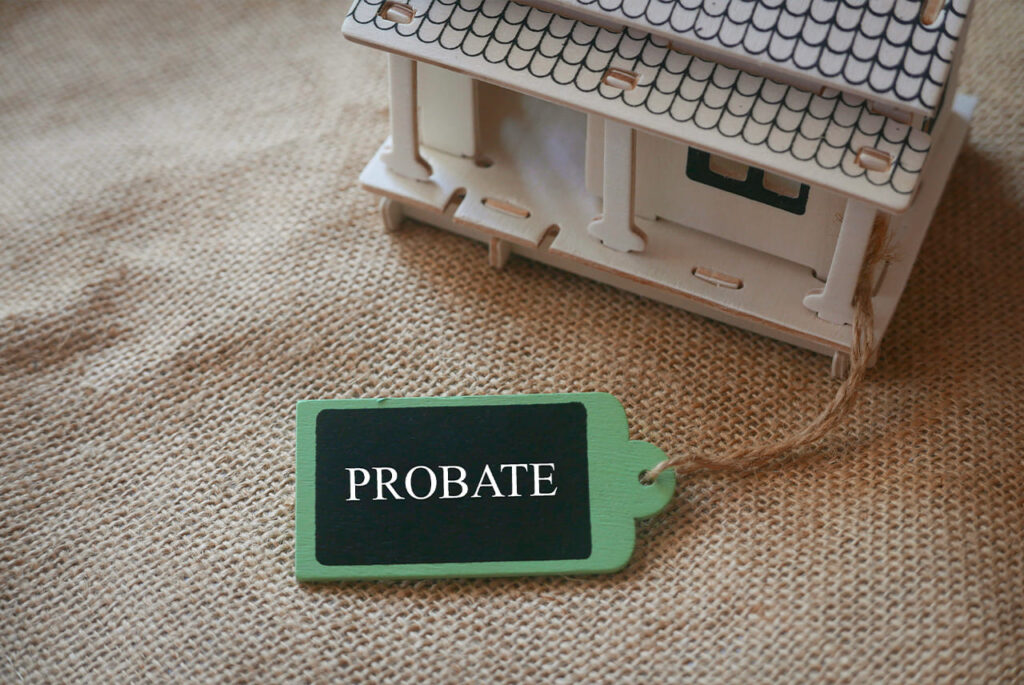Qualified Personal Residence Trusts (QPRTs) are sophisticated estate planning instruments designed to transfer ownership of a primary residence or vacation home to beneficiaries while minimizing gift and estate tax liabilities. In this blog, we delve into the mechanics of QPRTs, how they work, and when it makes sense to incorporate them into your estate plan.

Understanding QPRTs: How They Work
A QPRT is an irrevocable trust established by a grantor to transfer ownership of a personal residence to designated beneficiaries while retaining the right to reside in the property for a specified term, typically between 10 to 20 years.
Here’s how QPRTs work:
1. Grantor Establishes the Trust: The grantor transfers ownership of the personal residence to the QPRT, effectively removing it from their taxable estate.
2. Term of the Trust: The grantor retains the right to live in the property for a predetermined term known as the “retained interest period.” During this period, the grantor continues to occupy the residence as their primary or vacation home.
3. Beneficiary Designation: At the end of the retained interest period, ownership of the property passes to designated beneficiaries, typically the grantor’s children or other family members.
4. Tax Implications: By transferring the property to the QPRT, the value of the residence for gift tax purposes is determined based on actuarial calculations, considering the grantor’s retained interest period and applicable interest rates. This can result in a reduced taxable gift, potentially minimizing gift tax liabilities.
5. Residual Interest: If the grantor survives the retained interest period, they may continue to reside in the property by paying fair market rent to the beneficiaries or repurchasing the property at fair market value.
6. Estate Tax Benefits: Upon the grantor’s death, the value of the property is excluded from their taxable estate, potentially resulting in estate tax savings for their heirs.
When Does It Make Sense to Create a QPRT?
While QPRTs offer significant tax benefits, they are most suitable for individuals who meet certain criteria:
1. High Net Worth Individuals: QPRTs are particularly beneficial for individuals with substantial assets, including valuable primary residences or vacation homes.
2. Estate Tax Concerns: Individuals who are concerned about estate tax liabilities and wish to minimize the value of their taxable estate may find QPRTs advantageous.
3. Long-Term Residence Plans: QPRTs are ideal for individuals who plan to reside in the property for the retained interest period but ultimately wish to transfer ownership to their heirs.
4. Desire for Asset Protection: QPRTs can provide asset protection benefits by removing the property from the grantor’s taxable estate, shielding it from potential creditors’ claims.
5. Willingness to Plan Ahead: Creating a QPRT requires careful planning and consideration of the retained interest period and beneficiaries. Individuals who are willing to engage in comprehensive estate planning may find QPRTs to be a valuable tool in achieving their objectives.
Maximizing Estate Planning Strategies with QPRTs
Qualified Personal Residence Trusts (QPRTs) offer an effective strategy for transferring ownership of a personal residence to beneficiaries while minimizing gift and estate tax liabilities. By leveraging the unique features of QPRTs, individuals can achieve their estate planning goals, preserve family wealth, and provide for future generations. However, due to the complexity of QPRTs and their potential long-term implications, consulting with an experienced estate planning attorney is essential to ensure that this strategy aligns with your objectives and financial circumstances. With careful planning and professional guidance, QPRTs can serve as a valuable tool in maximizing estate planning strategies and securing your family’s financial future.


